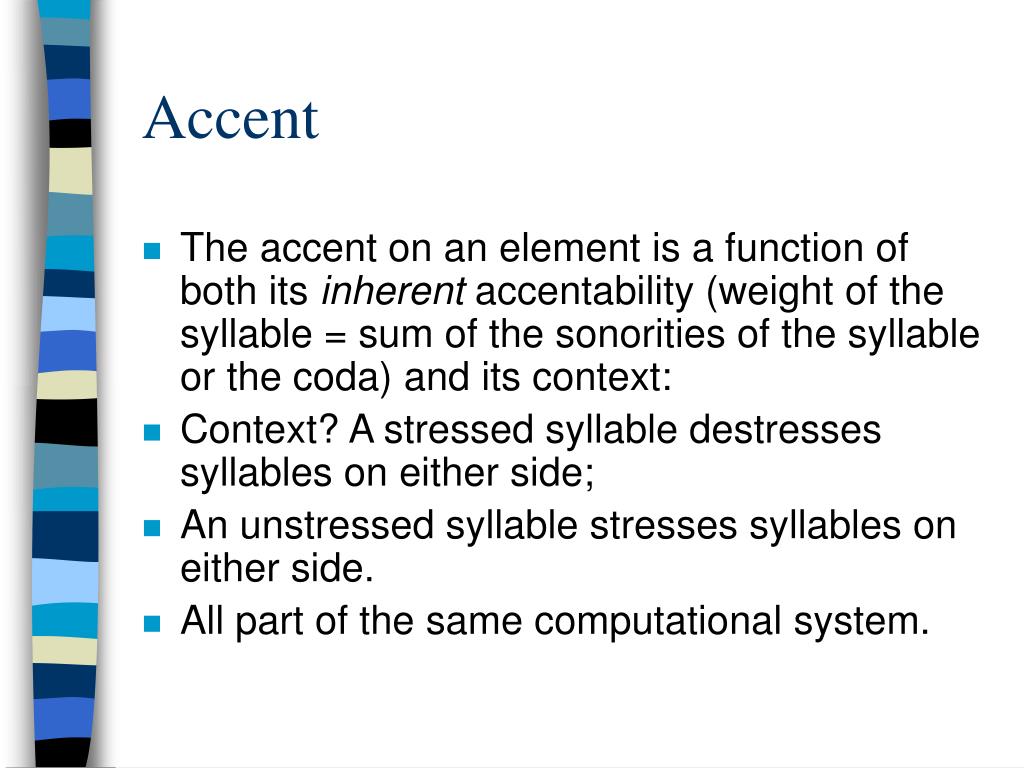

It aims to investigate if SSP and SH applies to cluster reduction and a few other processes happened in typical and atypical children acquiring Farsi. Keeping in mind the results from previous studies, the present study examines and compares the Sonority patterns in the production of some typically developing (TD) children and the children with functional (non-organic) phonological disorder (PD) acquiring Farsi as their first language. The majority of these studies, which are generally on the acquisition of onset clusters, assume SSP as the main motivating factor for cluster reduction because, in their studies, onset clusters are reduced to the less sonorous segment as predicted by SSP. The sonority values of special sounds and the related approaches were employed for the analysis of the articulation of consonant clusters by children with typical speech development and the children with speech impairment (e.g., Chin, 1996 Gierut, 1998 Ohala, 1999 Pater and Barlow, 2002 Vasanta, 2006 Gerlach, 2010). In accordance with SSP, the Sonority Hypothesis (SH) (Ohala, 1999) hypothesized that children reduce word-initial consonant clusters in a way that creates a maximal rise in sonority, and word-final consonant clusters are lessened to produce a minimal fall in sonority. The Sonority Sequencing Principle (SSP) (Clement, 1990 Whitney, 1865) proposes that phonemes with high sonority values are placed towards the centre of the syllable, while phonemes with low sonority values are located at the syllable margins. Language development, with a focus on phonology Description Worked on language acquisition in Persian children with typical and atypical Her research on language acquisition to first language and since then has Persian as a second language with a focus on syntax. On language acquisition in adolescents and adults learning English and Imam Khomeini International University, Iran. Froogh Shooshtaryzadeh is an Assistant Professor of Psycholinguistics at


 0 kommentar(er)
0 kommentar(er)
